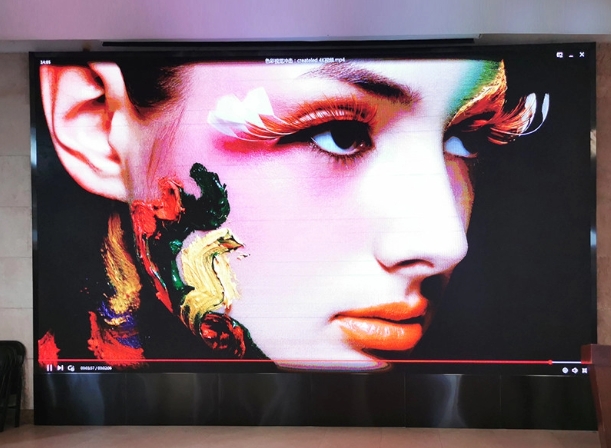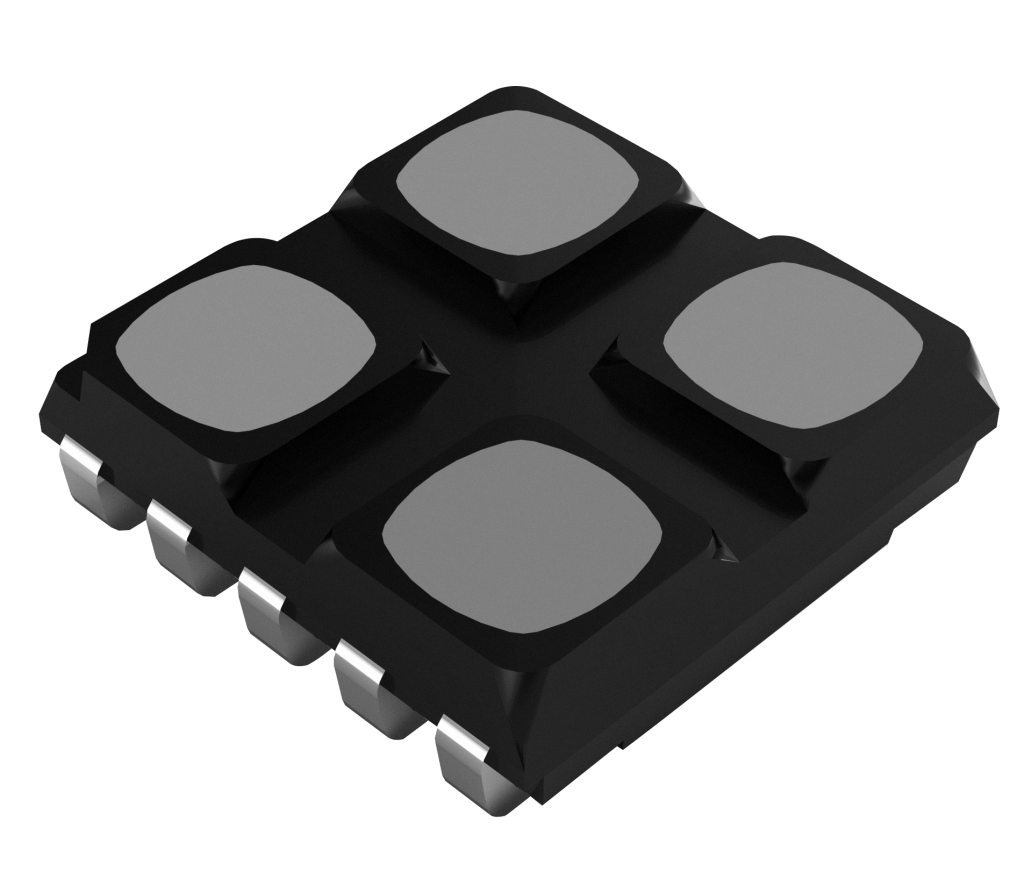Dual Color, Pseudo color, and Full color LED displays are three distinct types of LED displays that differ in their capabilities and color reproduction. In this article, we’ll get basic understandings of the three different LED displays.
A dual-color LED display is a type of LED display that is capable of displaying two different colors. Unlike single-color LED displays that can only display a single color, dual-color LED displays have the ability to switch between two colors, typically red and green.

Dual color LED display
Dual-color LED displays are commonly used in various applications where color differentiation is required to convey information or messages. Some common examples include transportation signs, parking guidance systems, price displays, and information boards.
These displays consist of individual LEDs that are capable of emitting both red and green colors. By controlling the activation of the red and green LEDs, the display can create the desired color combination. For instance, by illuminating the red LEDs while keeping the green LEDs off, the display will appear red. Similarly, by illuminating the green LEDs while keeping the red LEDs off, the display will appear green. By alternating between these two color states, the display can effectively present two distinct colors.
Dual-color LED displays typically offer high brightness, good visibility, and energy efficiency. They are often used in scenarios where simple and clear visual communication is required, such as indicating “Go” and “Stop” in traffic signals or displaying available and occupied parking spots.
A pseudo-color LED display, also known as a color-mixing LED display, is a type of LED display that uses a combination of different color LEDs to create the illusion of displaying a wider range of colors than the actual number of LEDs used.

Pseudo color LED display
In a pseudo-color LED display, each individual LED can emit only one primary color, typically red, green, or blue (RGB). However, by varying the intensity or brightness of each primary color LED, the display can create the perception of displaying a broader spectrum of colors.
The concept behind pseudo-color displays is based on the human visual system’s ability to perceive different colors by mixing various intensities of the primary colors. By adjusting the relative intensities of the red, green, and blue LEDs, the display can generate different color combinations and create the illusion of displaying intermediate colors.
For example, if the display wants to produce an orange color, it can activate the red LED at a high intensity and the green LED at a lower intensity. The human eye perceives the combination of red and green as orange, despite the fact that the display doesn’t have a dedicated orange LED.
Pseudo-color LED displays are commonly used in applications where a wide color gamut is desired, but the number of individual LEDs is limited or cost constraints exist. They are often used in digital signage, displays for stage lighting, and other applications where color fidelity is not as critical as in applications such as professional photography or graphic design.
It’s important to note that pseudo-color LED displays have some limitations compared to displays with dedicated RGB LEDs. The color reproduction and accuracy of pseudo-color displays may not be as precise, and they may not be able to reproduce certain shades or colors with the same level of fidelity as displays with dedicated color LEDs. However, they offer a cost-effective solution for applications that require basic color differentiation and visual impact.
A full-color LED display, also known as a true-color LED display or RGB LED display, is a type of LED display that can produce a wide range of colors by utilizing red, green, and blue (RGB) LEDs. Unlike pseudo-color LED displays that rely on varying intensities of primary colors, full-color LED displays have dedicated LEDs for each primary color, allowing for precise color reproduction.

Full color LED display
In a full-color LED display, each individual pixel consists of a cluster of three separate LEDs: one red, one green, and one blue. By independently controlling the brightness or intensity of each of these three colors, the display can create a vast array of colors. By combining different levels of red, green, and blue light, the display can achieve the desired color output with high accuracy and fidelity.
Full-color LED displays are widely used in various applications that demand vibrant and lifelike color reproduction. They are commonly seen in large-scale outdoor electronic billboards, stadiums, concerts, digital signage, and indoor displays in commercial spaces.
The RGB color model used in full-color LED displays is based on the additive color theory, where different combinations of red, green, and blue light create a wide spectrum of colors. By adjusting the intensity of each color, the display can accurately reproduce not only primary colors but also secondary colors and a full range of intermediate hues.

Kinglight SMD4195 LED for LED screens, LED video walls
These displays often offer high brightness levels, excellent color saturation, wide viewing angles, and the ability to display detailed images and videos. They are capable of reproducing millions of colors and are suitable for applications that require precise color representation, such as professional video editing, graphic design, and advertising.
Full-color LED displays can be controlled through specialized software or hardware controllers to ensure accurate color calibration, synchronization, and content management. They are typically capable of displaying static images, dynamic videos, animations, and interactive content to engage and captivate viewers.
In summary, dual color displays use two distinct colors for simple visual feedback, pseudo-color displays assign colors based on a predefined mapping to enhance data visualization, and full-color displays reproduce a wide range of colors with high fidelity for accurate image representation. The choice of display type depends on the specific application requirements and the level of color detail needed.